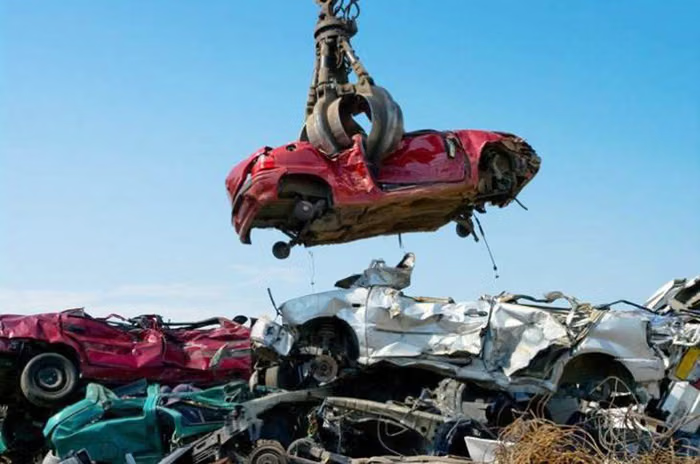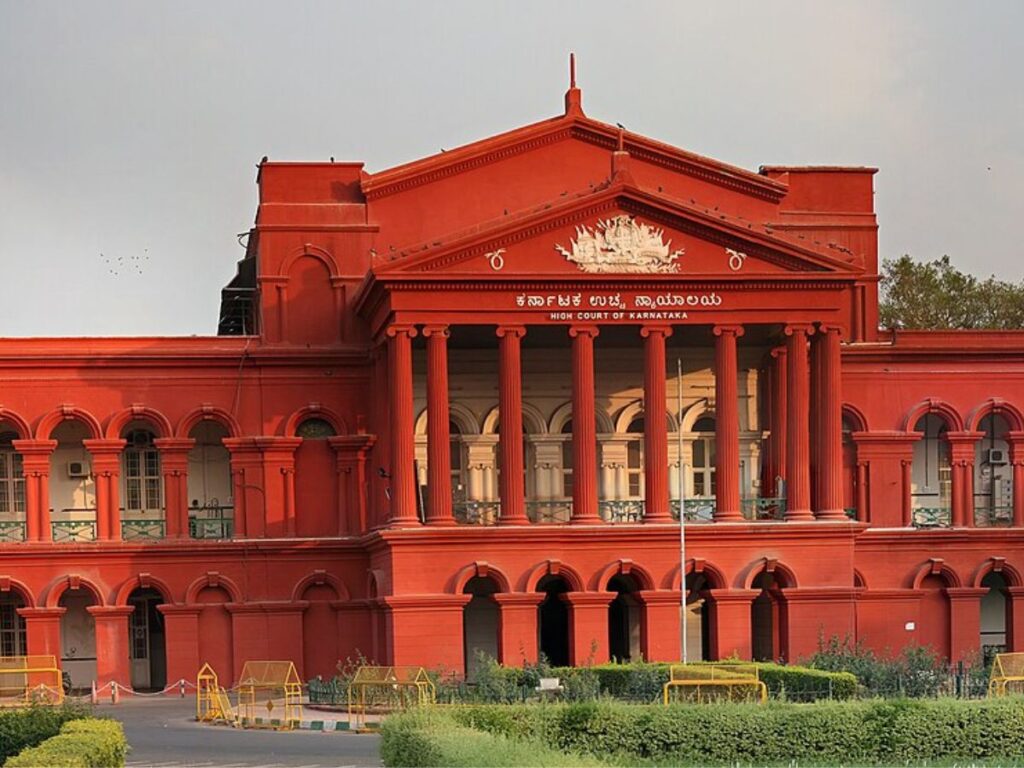Now Reading: Gadkari Pushes for Incentives to Scrap Old Vehicles — What Drivers in Smaller Cities Should Know
-
01
Gadkari Pushes for Incentives to Scrap Old Vehicles — What Drivers in Smaller Cities Should Know
Gadkari Pushes for Incentives to Scrap Old Vehicles — What Drivers in Smaller Cities Should Know

The government is considering new incentives to encourage people to scrap old, polluting vehicles. Nitin Gadkari has asked for GST breaks and “reasonably good” discounts from auto companies to make replacing old models more appealing. For people in Tier-2 cities, where vehicles serve as essential lifelines, these proposals could ease costs, reduce pollution, and push upgrades — if executed well.
What Is Being Proposed
Transport Minister Gadkari wants auto companies to offer attractive discounts to those who turn in older vehicles when buying new ones. He has asked Prime Minister Modi and Finance Minister Sitharaman to extend tax relief under GST for such replacements. The idea is to make scrapping old cars and two-wheelers financially viable for consumers.
Why the Push for Vehicle Scrappage
Older vehicles contribute heavily to urban air pollution, especially in cities with narrow roads and weak traffic infrastructure. Scrappage helps reduce emissions, lowers reliance on importing metals, and supports the automobile industry. The government estimates that vehicle scrapping already happens at a modest scale each month, and wants to scale this further.
Benefits for Tier-2 Cities
People in cities like Nagpur, Mysuru, Guwahati, or Jaipur might see real gains. Many vehicles in these places are older and causing higher fuel and maintenance costs. If incentives lower the cost of switching to newer, cleaner models, local air quality could improve. Workshop, spare-parts and even resale markets could see boosts.
Challenges to Watch
Incentives are one thing, execution another. For vehicle owners in smaller towns, disposing of old vehicles properly requires infrastructure like scrapping centres which are often far away. Transporting old vehicles, getting them certified scrapped, and waiting for incentives might involve bureaucratic hassles and delays. Some might find upfront cost still prohibitive despite discounts.
Balanced View
The proposal has the potential to benefit both consumers and the environment. But it depends heavily on how generous the incentives are, how accessible scrapping facilities become, and how subsidised or easy the process is made. Auto companies will also need to comply, and local administrations will need to facilitate certifications and logistics.
Conclusion
Calling for incentives to scrap old vehicles is an important step toward cleaner cities and modernised transport. For residents of Tier-2 cities, this could mean less pollution, lower upkeep, and improved air quality. Yet success hinges on effective implementation, reasonable costs and convenient processes. Only then will drivers feel the change is worth making.

























